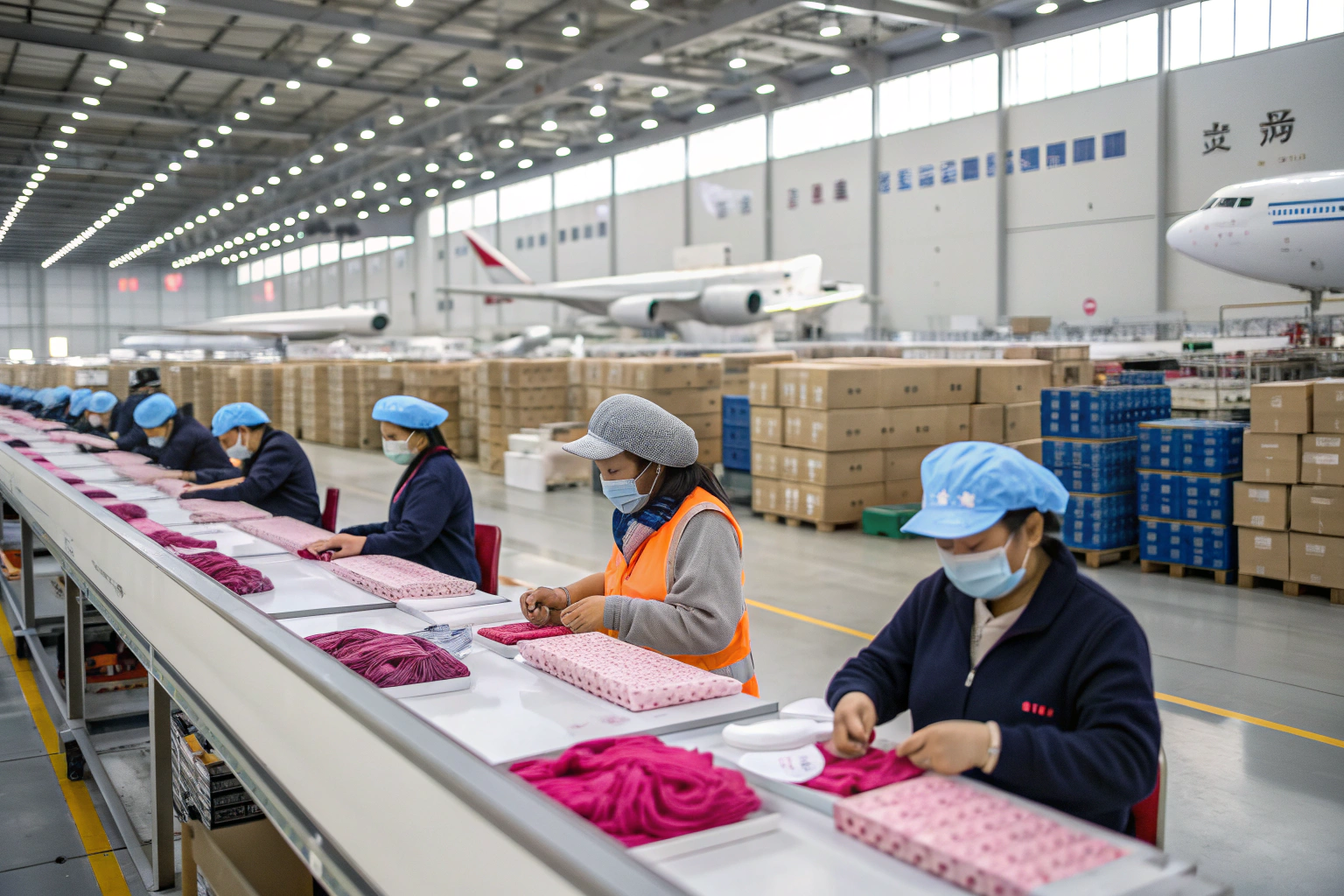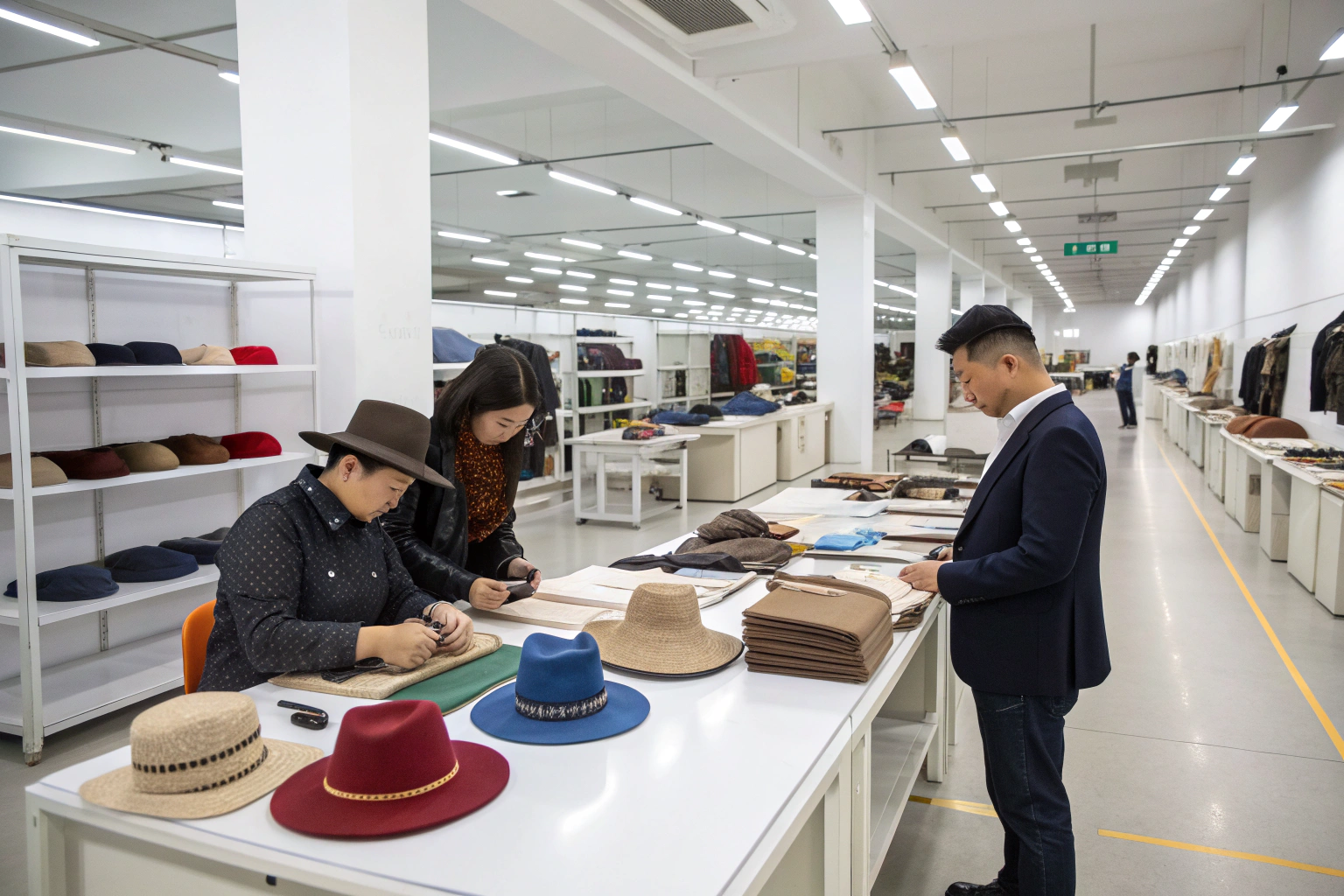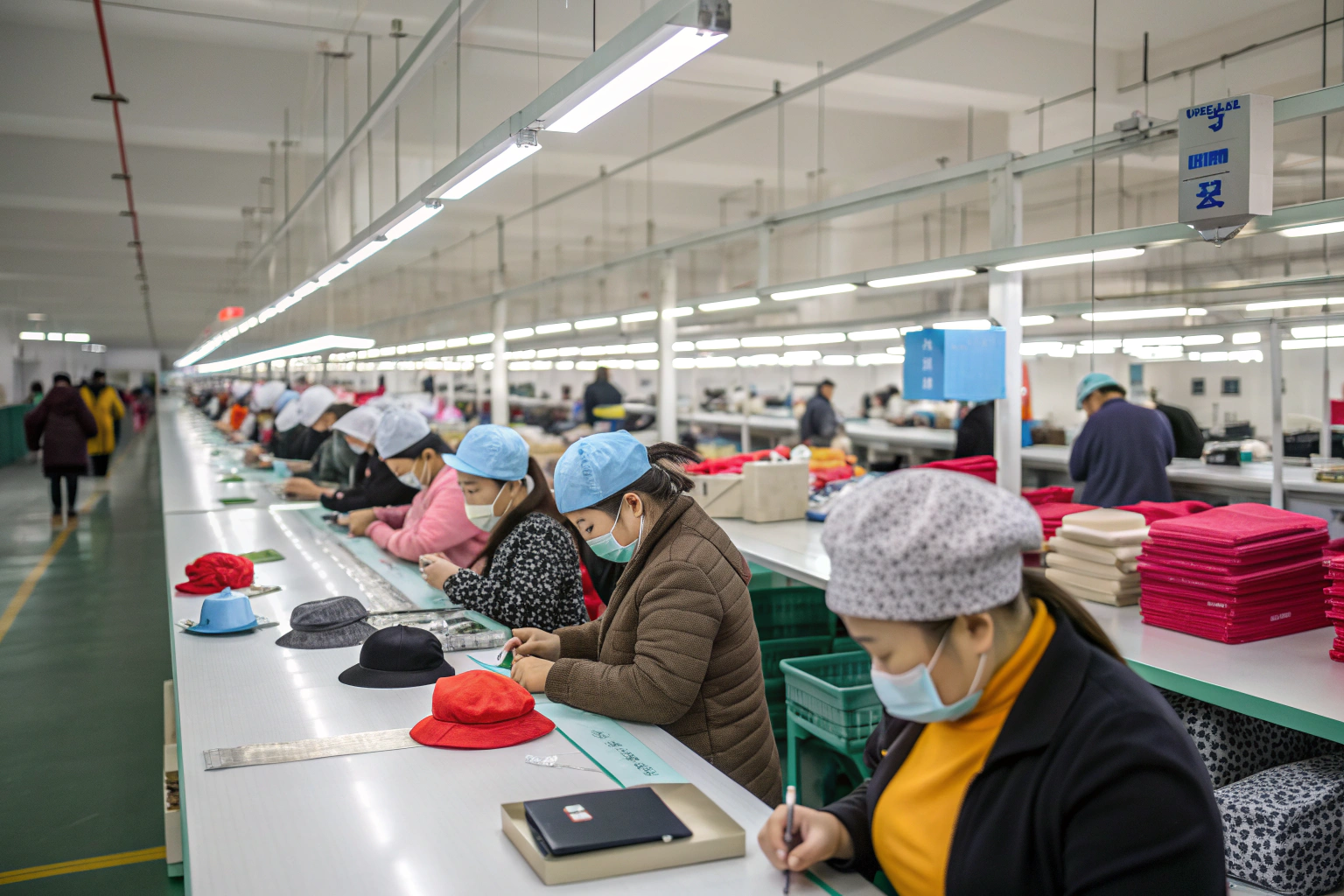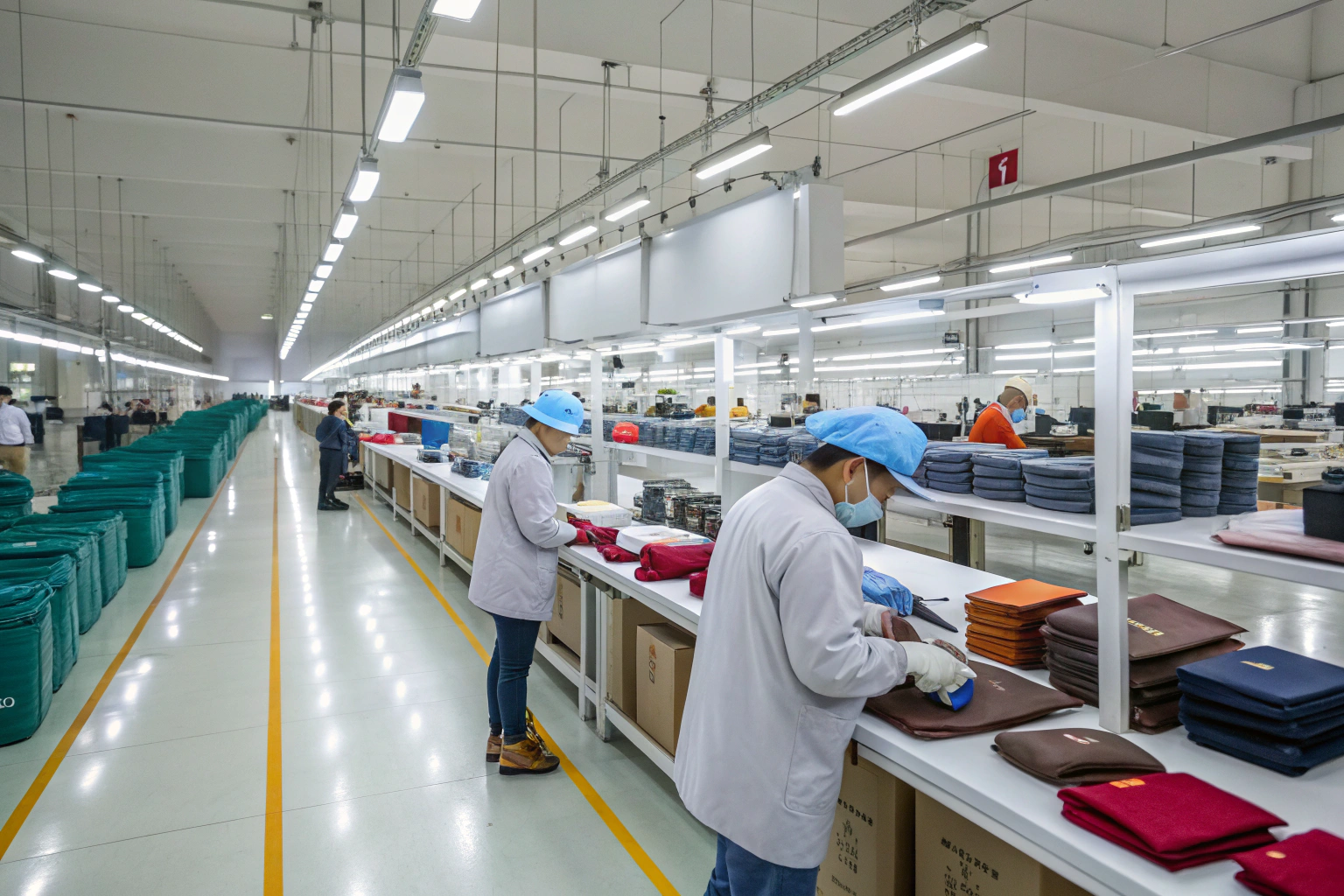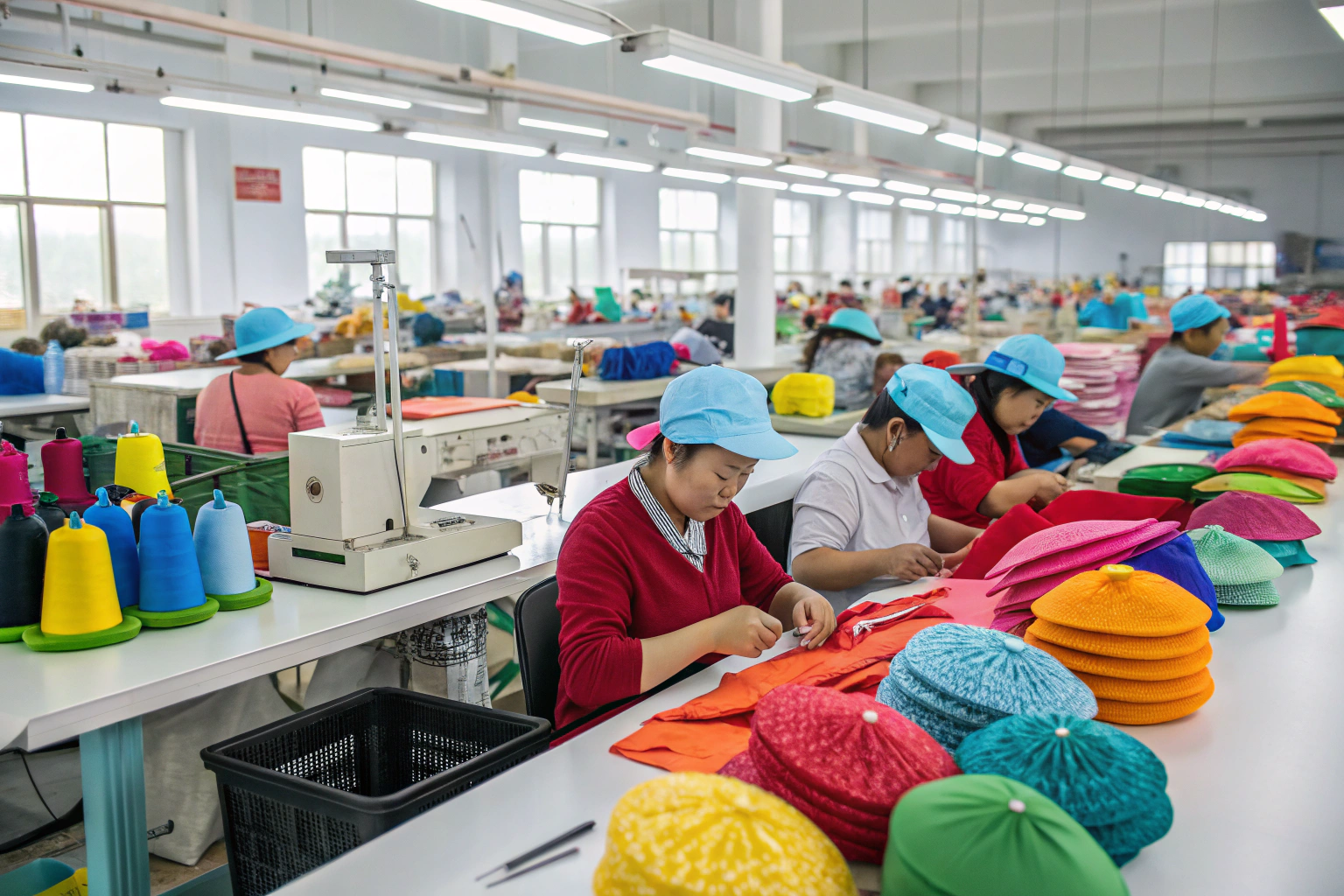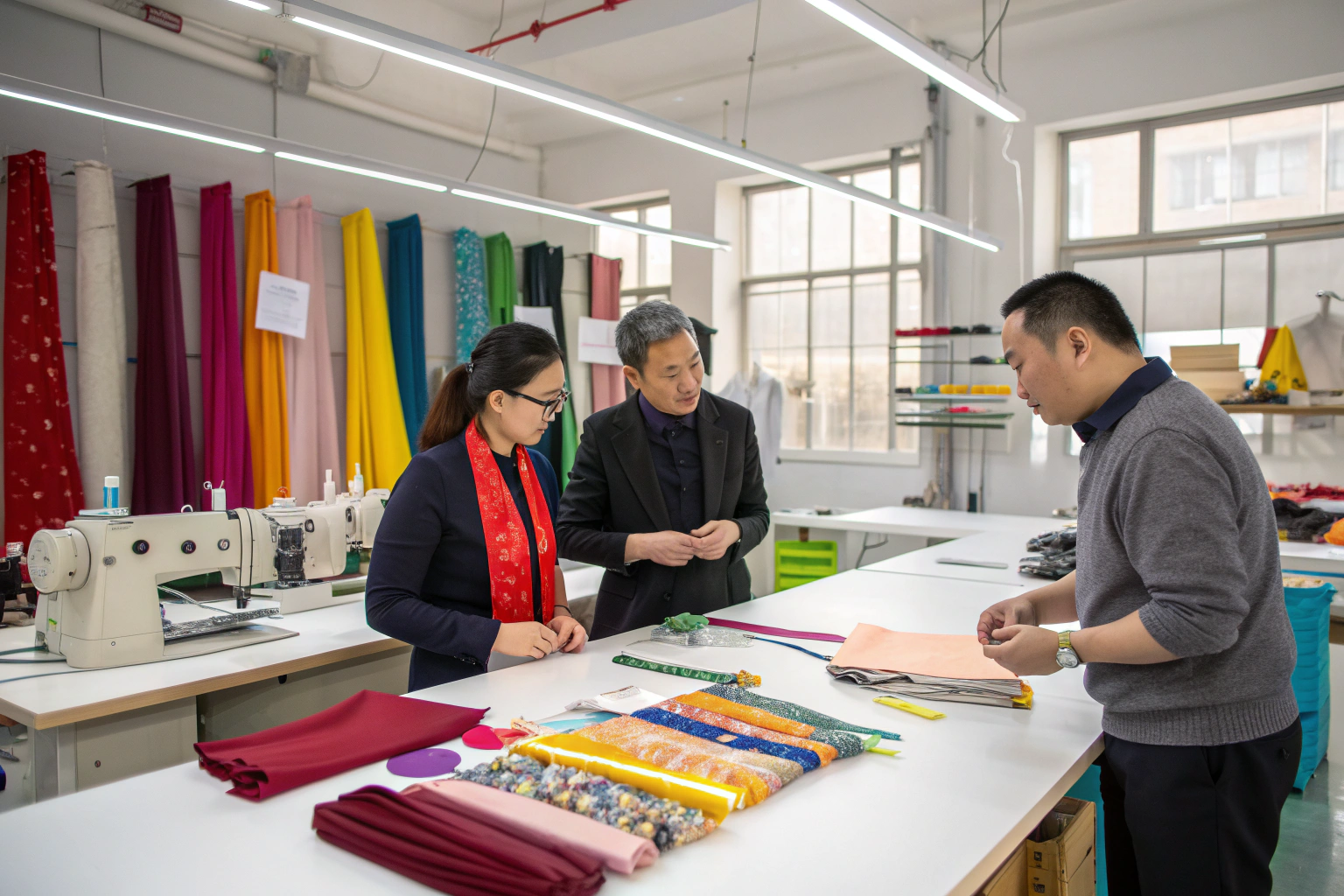Importing fashion accessories via air freight offers speed but often comes with high costs. For many importers in North America and Europe, freight charges can significantly affect profit margins. Finding strategies to reduce these costs without sacrificing delivery time or quality is essential.
We have worked with major brands and retailers for years, helping them manage logistics while balancing budget and timelines. From negotiation with carriers to optimizing shipment sizes, there are proven ways to save money while maintaining reliability.
If you want to keep your accessories business competitive, knowing how to cut air freight expenses effectively will give you an advantage over others who rely only on standard shipping arrangements. Let’s explore the most effective options.
Consolidation Services for Small Shipments
Shipping small volumes individually often means paying premium rates per kilogram. Consolidation services combine multiple shipments into one larger load, which significantly reduces the per-unit freight cost. This is especially valuable for importers who work with seasonal trends and need frequent but smaller deliveries.
By consolidating shipments through a logistics partner, we can send our products together with other exporters’ goods heading to the same destination. This shared space reduces overhead and makes the customs clearance process smoother. For example, a U.S. retailer importing belts and scarves may join a shared shipment with other importers of hats or gloves, benefiting from a bulk rate.
Beyond just cost, consolidation also minimizes the number of separate handling steps, reducing the risk of loss or damage in transit.

How Does Freight Consolidation Save Money?
When using freight consolidation services, you pay for space, not just weight. Multiple small packages are grouped into one master shipment, lowering per-unit cost. With accessories like hats and scarves, this can be the difference between breaking even and turning a profit. Working with a trusted freight forwarder ensures that consolidation schedules align with your production timelines.
Is Consolidation Right for Your Accessory Imports?
If your shipments are small but frequent, consolidation can be ideal. However, it requires coordination and sometimes longer lead times. Accessories with predictable seasonal demand—like summer hats or winter gloves—are perfect candidates. Partnering with an experienced logistics provider can help match your schedule to available consolidation opportunities, ensuring cost savings without delays.
Negotiating with Freight Forwarders
Many importers simply accept the first freight quote they receive. In reality, negotiating with freight forwarders can yield significant savings, especially when you have a consistent shipping volume or long-term cooperation potential.
We have built relationships with freight forwarders over years of exporting to the U.S. and Europe. These relationships mean we can secure better rates by offering steady, predictable business. Forwarders value clients who ship regularly because it allows them to plan and fill cargo space efficiently.
Sometimes, negotiation isn’t just about lowering the price—it’s also about securing additional benefits, like priority space during peak seasons or reduced fees for customs handling.

What to Ask When Negotiating Air Freight Rates?
Before agreeing to a rate, check IATA’s air cargo market trends to see if prices are fluctuating. Use this data to justify your request for better terms. Additionally, knowing the peak and off-peak cargo seasons will help you schedule shipments strategically to avoid high-rate periods.
How to Build Long-Term Freight Partnerships?
Offer your forwarder reliable shipment forecasts and maintain open communication. This transparency builds trust, and over time, you can gain access to special rates or first choice on cargo space during busy months. In the fashion accessories business, where seasons matter, this can mean your products arrive before competitors.
Optimizing Packaging for Air Freight
Air freight charges are based on both weight and volume. Optimizing packaging is one of the most effective ways to reduce cost without changing shipping schedules. For example, reducing empty space in a carton can decrease volumetric weight, which is often the primary cost factor in air freight.
Our team often works with clients to redesign packaging so that more units fit into a single box without compromising product safety. This can involve using thinner yet durable materials, or creating folding designs for hats and scarves that allow for more compact storage.

How Does Volumetric Weight Impact Air Freight Costs?
Airlines charge based on the greater of actual weight or dimensional weight, which is calculated from package size. Accessories like hats can be bulky but lightweight, meaning they are billed for size rather than mass. Efficient packing reduces these charges significantly.
Can Packaging Design Improve Both Cost and Sustainability?
Yes. Using eco-friendly, space-saving packaging not only lowers freight costs but also reduces environmental impact. For example, switching from rigid boxes to flexible pouches for scarves can free up space, reduce shipping emissions, and appeal to environmentally conscious customers.
Choosing Hybrid Shipping Solutions
Sometimes the best way to reduce air freight costs is to combine shipping methods. Hybrid solutions use a mix of air and sea freight, or air and rail, to balance speed and cost. For example, accessories needed urgently can be sent by air, while the rest of the inventory moves by sea at a lower cost.
We have used hybrid shipping successfully for clients who launch new collections. The first batch is flown in for marketing campaigns, and the rest follows by sea. This way, the brand has products available immediately while still enjoying the savings of slower transport for bulk orders.

How Do You Decide Which Products to Ship by Air vs. Sea?
Use inventory forecasting tools to determine which products need to arrive first. Seasonal accessories, like winter gloves, should reach stores before the season starts, while replenishment orders can come by slower routes. This reduces air cargo volume without hurting sales.
Can Hybrid Shipping Work for Small Accessory Importers?
Yes, even small businesses can benefit. Partnering with a multimodal logistics provider allows you to split shipments easily. While planning takes more effort, the cost savings can be substantial, especially for high-volume but low-margin items.
Conclusion
Reducing air freight costs for accessory imports requires a strategic approach. By using consolidation services, negotiating with forwarders, optimizing packaging, and adopting hybrid shipping solutions, importers can significantly improve profit margins without sacrificing delivery speed or quality.
At AceAccessory, we work closely with our clients to design customized logistics solutions that align with their production schedules, sales timelines, and budget goals. If you want to explore cost-saving strategies for your accessory imports, contact our Business Director Elaine at elaine@fumaoclothing.com to discuss how we can help you move your products faster and more affordably.

